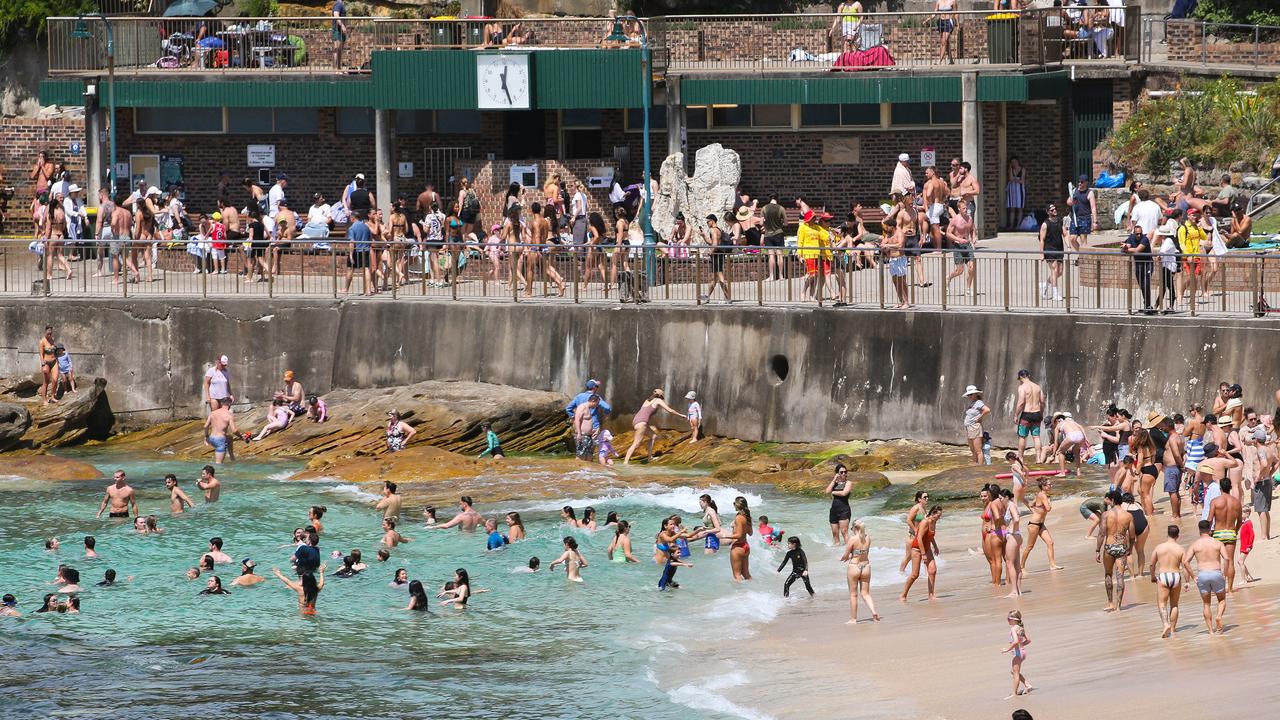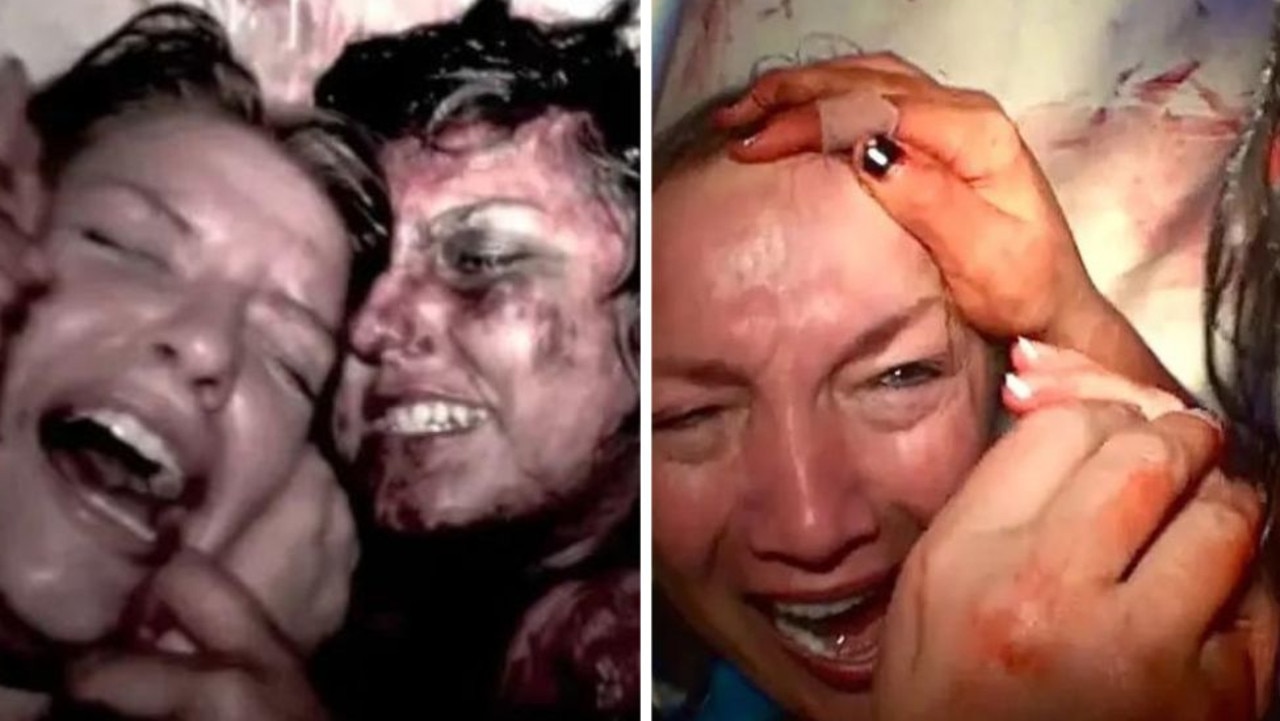The big problem with this tourist photo
HUNDREDS of tourists flock to this Insta-famous Australian landmark in a bid to snap the “perfect photo”. Few seem to realise the perilous truth about the site.
TOURISTS are continuing to dice with death at a notorious Australian landmark in their hunt for the perfect photo.
New images show that despite signs plastered onto a fence warning visitors not to venture to the edge of the famous Wedding Cake Rock in Sydney, the risky behaviour is still occurring.
Hundreds of tourists flock to the Insta-famous rock formation, named for its white colour and flat, layered surface, despite the threat of an imminent collapse and large cracks visible on the surface.
They often pose on the ledge — or even hang over the side.
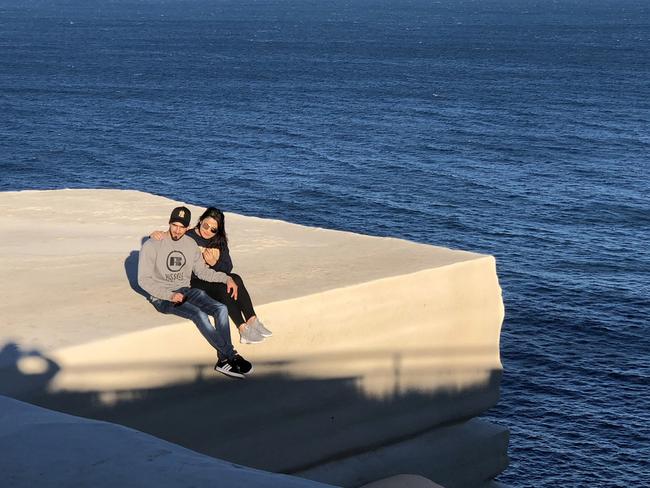
You would think the massive warning signs would be enough of a deterrent:
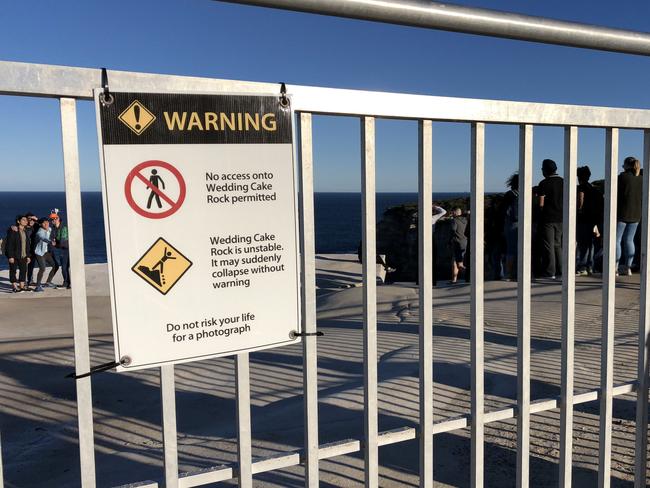
Or the risk of a $300 fine.
But no, it appears the hunt for the perfect travel snap is too appealing.
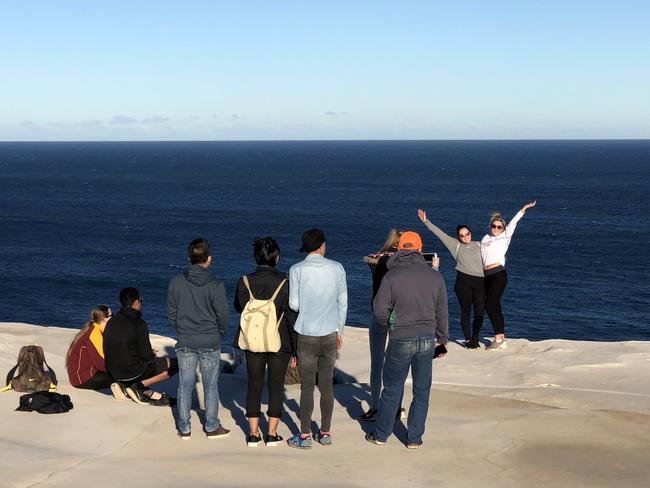
The NSW National Parks and Wildlife Service even warns tourists on its website: “Experience the beauty of this natural wonder without risking your safety.”
The cautionary tale doesn’t end there — it needs to be spelled out.
“Wedding Cake Rock is unstable and has a fence around it for your safety. Please stay behind the fenced off areas. Standing or sitting on the rock or cliff edges poses a very high safety risk.
“This is a beautiful location and we encourage people to come and look at the spectacular rock formations and take photos — but the key is to enjoy the views from a safe distance.”
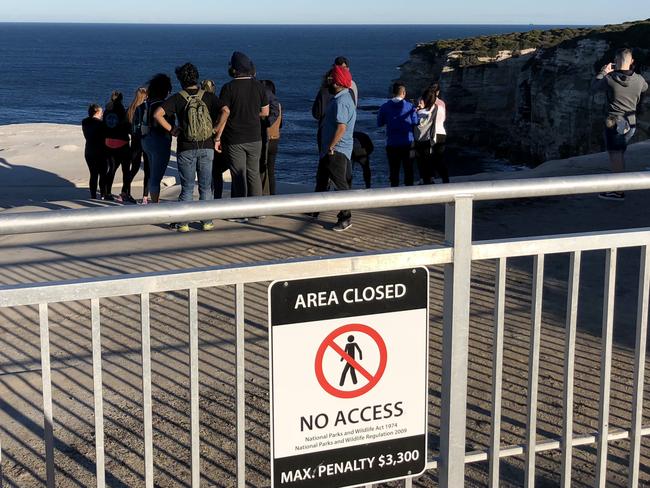
In 2014, a French tourist fell to his death when a cliff crumbled underneath him.
The following year, two men had to be winched to safety from a ledge after falling.
“People are being so incredibly reckless with a genuine, imminent danger,” Gary Dunnett of NSW National Parks and Wildlife Service (NPWS) regional manager told the SMH at the time.
Last year, the body of a teenage girl who went missing while bushwalking with her boyfriend was found on rocks at the base of the 30 metre-high cliffs.
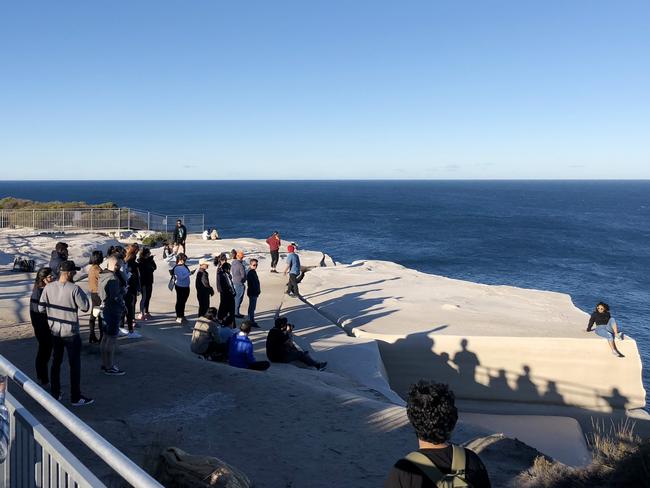
News.com.au has contacted the NPWS for comment.



